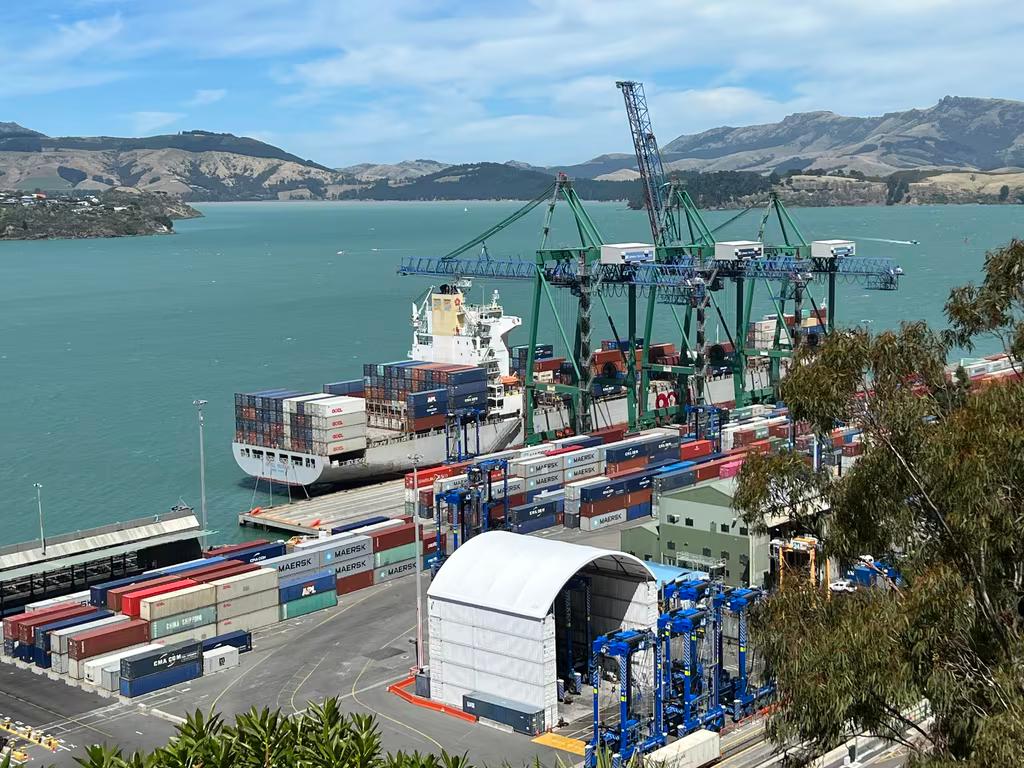Economic momentum stalled at the start of 2022, as Omicron limited economic activity. Infometrics’ March 2022 Quarterly Economic Monitor shows economic activity rose 2.0%pa in the quarter on provisional estimates, with underlying growth flat from last quarter as workers and materials became even harder to find at the start of 2022.
“It’s harder and more expensive to find growth in 2022, with intense difficulties finding staff and materials across New Zealand” says Infometrics Principal Economist and Director Brad Olsen. “We’re struggling to resource further growth in the near-term. In effect, the New Zealand economy is red-lining and continues to operate above capacity, with higher prices overshadowing any real growth.”
Infometrics analysis shows areas like Otago and West Coast have rebounded well from a weaker first summer of COVID-19 (in 2020/21). However, underlying economic growth has been strongest in Hawke’s Bay, Gisborne, and Tasman, compared to pre-pandemic levels. “Economic fortunes across the regions show a variety of outcomes, with changed working patterns, primary sector strength, and a shift from international to domestic travel all contributing to the change in economic impulse” says Mr Olsen.
“Fractured supply chains, accelerating inflation, higher interest rates, and high levels of absenteeism from Omicron combined to throttle back the economic engine. Higher inflation is forcing the Reserve Bank to lift interest rates higher, faster, which will help take some of the wind out of an overheating economy, but the risk of a hard landing becomes higher with each passing day.”
The economic outlook remains volatile, especially for regional areas. “Cost pressures are hitting the primary sector, with commodity prices pulling back slightly in recent times. Concerns over global challenges remain elevated, posing a further risk to future growth” says Mr Olsen.
Marketview data shows spending levels have improved regionally, although high inflation and high fuel prices are artificially adding to spending growth. Underlying household spending activity is more subdued, with inflation increasing faster than wages. Regional inflation continues to hit provincial areas, particularly in the North Island, hard.
Professional services and construction jobs growth have boosted regional fortunes at the start of 2022, but finding talent remains a key limit on further growth. “Workforce pressures across New Zealand are sky-high, illuminated by high levels of poaching, a net outflow of people migrating from New Zealand, and more restrained jobs growth recently” says Mr Olsen.
ENDS












